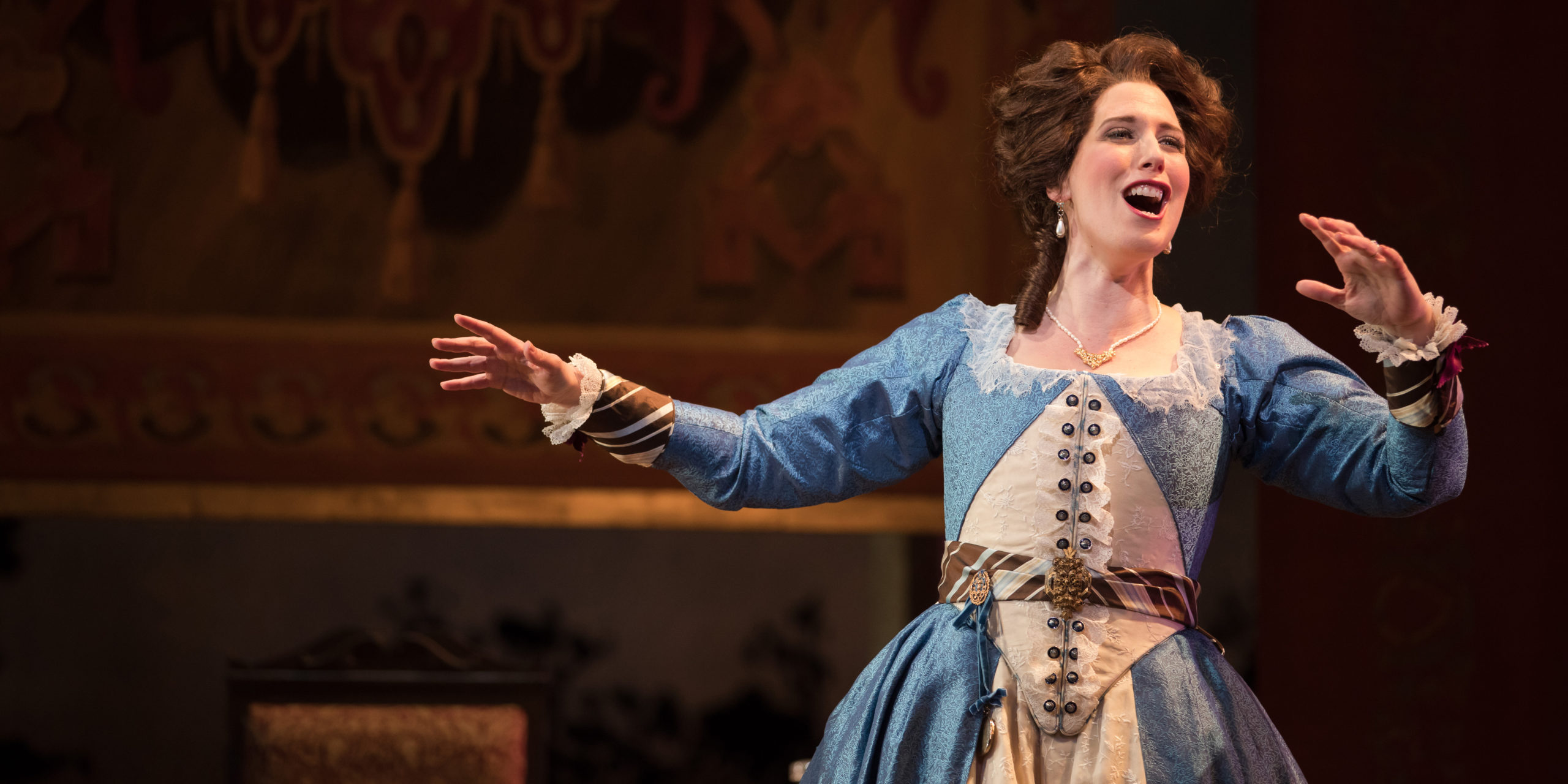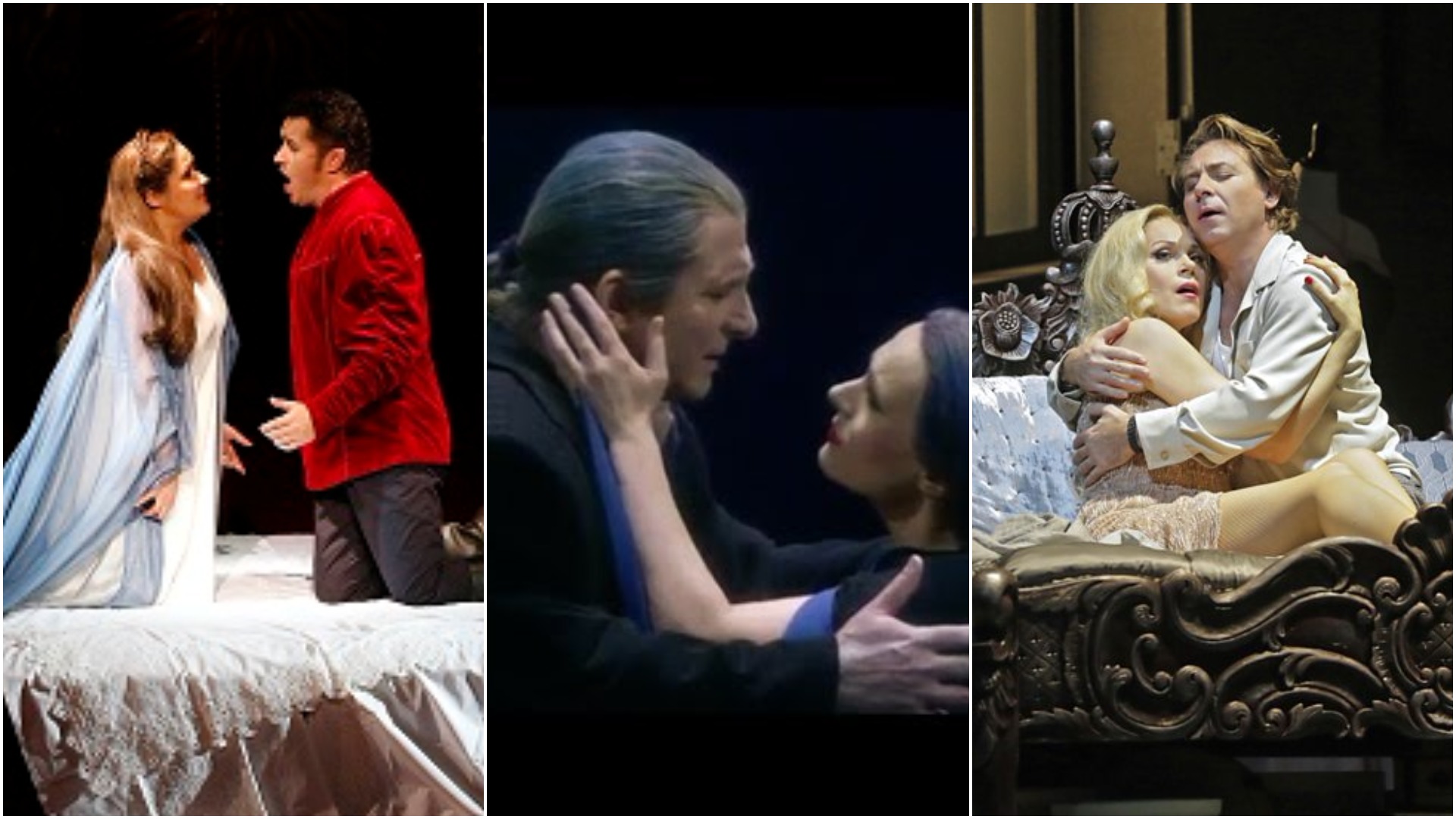Harmonies of Healing: The Therapeutic Power of Opera Music
Opera, with its grandiose compositions and emotive performances, has long been celebrated for its ability to stir the deepest recesses of the human soul. Beyond its aesthetic and cultural significance, opera music has proven to be a powerful healer, providing solace and comfort to those who seek refuge in its intricate harmonies. In this exploration, we delve into the therapeutic qualities of opera music and the specific harmonies that contribute to its soul-healing prowess. Opera and Emotional Resonance:
Opera and Emotional Resonance:
Opera is a genre that transcends mere musical expression; it is a theatrical art form that combines music, drama, and visual spectacle. The emotional depth conveyed through its intricate melodies and poignant lyrics creates an immersive experience that resonates with listeners on a profound level. The combination of vocal prowess, orchestral arrangements, and narrative storytelling in opera allows for a diverse range of emotions to be explored and expressed.
Healing Harmonies:
Several specific harmonies within opera music have been identified for their therapeutic effects on the human soul. These harmonies tap into the universal language of emotions, offering a cathartic experience that can aid in emotional healing and self-discovery.
Aria of Resilience:
The aria, a solo vocal piece, often serves as a vessel for emotional release and resilience within opera. Compositions such as Puccini's "Nessun Dorma" from Turandot or Verdi's "La donna è mobile" from Rigoletto showcase powerful, uplifting harmonies that convey determination and strength. These harmonies resonate with listeners facing challenges, inspiring a sense of resilience and the belief that one can overcome adversity.
Duets of Connection:
Opera duets, where two voices intertwine in harmony, exemplify the power of connection. Pieces like Bizet's "Au fond du temple saint" from The Pearl Fishers or Puccini's "O soave fanciulla" from La Bohème depict the emotional interplay between characters. The harmonies in these duets reflect the essence of human connection, fostering a sense of empathy and understanding. Listening to such harmonies can be profoundly comforting, reminding individuals of the importance of relationships and shared experiences.
Choruses of Unity:
Opera choruses, with their majestic harmonies and collective voices, create a sense of unity and community. Verdi's "Va, pensiero" from Nabucco or Wagner's "Pilgrims' Chorus" from Tannhäuser exemplify the ability of choral harmonies to evoke feelings of solidarity and shared purpose. The healing power of these harmonies lies in their capacity to inspire a sense of belonging, encouraging individuals to find strength in community and shared aspirations.
Lyrical Lament:
Operatic arias and scenes of lamentation, expressing sorrow and grief, provide an outlet for emotional release. The harmonies in compositions like Puccini's "Un bel dì vedremo" from Madama Butterfly or Mozart's "Dove sono" from The Marriage of Figaro convey the complexities of human emotions, allowing listeners to connect with their own experiences of loss and longing. The therapeutic value of these harmonies lies in their acknowledgment and validation of the depth and breadth of human emotions.
Conclusion:
Opera music, with its ability to traverse the emotional spectrum and convey the complexities of the human experience, serves as a potent healer for the soul. The specific harmonies within opera compositions play a pivotal role in this therapeutic process, offering solace, inspiration, and connection to those who immerse themselves in its rich tapestry of sound. As we continue to explore the profound impact of music on our well-being, opera stands as a testament to the enduring power of harmonies to heal and elevate the human spirit.



















































